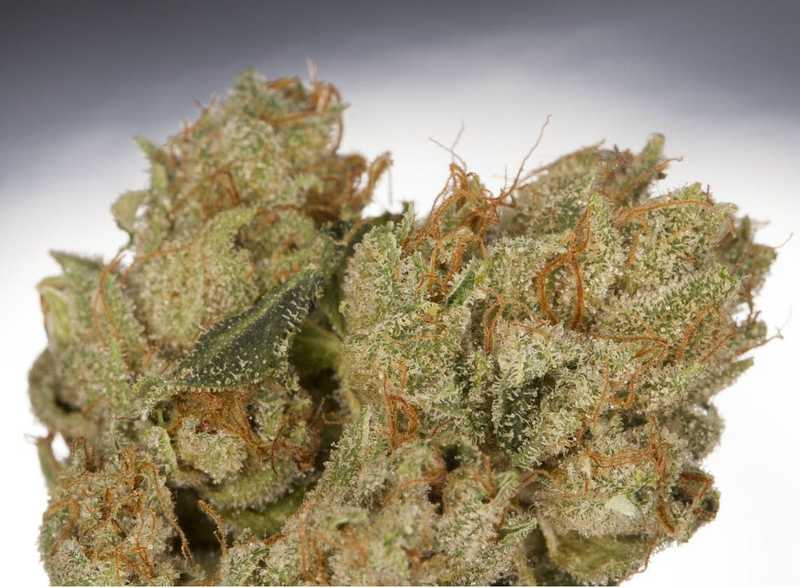These days, the sheer number of cannabis strains that are available at dispensaries can overwhelm the average consumer. From Blue Dream and Sour Diesel to more obscure strains like Infinite Euphoria, there’s usually something to suit everyone.
But how did all of these cannabis strains come to be? The answer to that is landrace strains. You may have heard the term “landrace strain” in a story about cannabis genetics or from a breeder you know. If not, we’ll break it down for you here.
FOLLOW US ON FACEBOOK & INSTAGRAM
So, what are these strains? And why are they so highly prized by marijuana breeders and connoisseurs alike?
The Origins of Marijuana Landrace Strains
To understand landrace strains, you need to brush up on a little cannabis history. Most scientists agree that cannabis was domesticated in Central Asia around 8,000 BCE. From there, humans brought the plant with them during their migrations across the globe.
In each area that humans settled, they bred the plant for their specific needs such as for food, fiber and in some cases even psychoactivity. Over thousands of years, humans selectively bred cannabis plants, and each area developed plants that were specifically adapted to life in that region.
Today, when people talk about landrace strains, they’re referring to these indigenous, genetically untouched varieties from various regions of the world.
Are Landrace Strains Going Through a Resurgence?
In the 1960s and 1970s, soldiers in the Pacific and travelers on the Hippie Trail—an overland route that began in Europe and wound its way through Turkey, Iran, Afghanistan, Pakistan and India before ending in Nepal—brought cannabis seeds back to the West.
Then, breeders in Europe and the U.S. began crossing these different seeds with each other, creating the parents of today’s modern-day cannabis strains. But in the process of this intermingling, many of the original landrace varieties that may have existed in the 1960s and 1970s were bred out of existence.
This doesn’t necessarily mean that these genetics are forever lost. There’s been talk of some cannabis breeders making their way back to these regions to seek out more cannabis seeds.
Connoisseurs seek out landrace strains because they’re rare and are said to have unique effects that some modern marijuana strains don’t have. Some also find the high tetrahydrocannabinol (THC) content of modern strains to be overwhelming.
Additionally, there tends to be a nostalgia factor for those who consumed these landrace strains back in the 1960s and 1970s.
Breeders are interested in landrace strains because of their genetics. Over the course of millennia, nature has selected the best traits to enable these cannabis strains to survive in their respective climates. Breeders think there’s value in this natural selection that can’t be replicated. They believe there’s no substitute for thousands of years of evolution.
RELATED: INDICA & SATIVA: DO THESE CANNABIS LABELS MEAN ANYTHING?
A Few Popular Landrace Strains Are Still Around Today
If you happen to come across these rare landrace strains on dispensary shelves, they’re often referred to by their region of origin, though some do have their own unique strain names. Here are some of the more well-known cannabis landrace strains and their effects:
- Afghani: Hailing from the Hindu Kush mountain range along the Afghanistan-Pakistan border, Afghani is likely one of the oldest marijuana strains in existence. Its flowers are large, dense and covered in trichomes, making it a good candidate for hash production. Consumers looking for a heavy-bodied experience will enjoy this indica, which is parent to many staple strains in the cannabis world, such as Blueberry and Northern Lights.
- Thai: Sometimes also called Thai Sticks, Thai landrace strains are known for their buzzy, cerebral effects, which are often compared to a cup of coffee. Those who are prone to anxiety when consuming cannabis may want to steer clear of this strain. Conversely, if you relish in strains that set your mind abuzz, give Thai a try—if you can find it.
- Durban Poison: Named after the South African port city of Durban, this sativa strain was brought to the States in the 1970s by renowned cannabis breeder Ed Rosenthal. Durban Poison lacks physical effects—this isn’t the strain to take if you want to hang out on the couch or catch up on sleep. Instead, it will focus your thoughts, and is ideal for creative or social endeavors.
- Lamb’s Bread: Lamb’s Bread, sometimes called Lamb’s Breath, is a landrace sativa from Jamaica that’s been around for decades. Said to have been a favorite of legendary musician Bob Marley, this cannabis strain is known for its clear-headed, uplifting high that’s ideal for daytime activities like exercising and running errands. It also imparts deep mental stimulation that can enhance creativity or help you get over mental barriers.
- Acapulco Gold: This cannabis strain is indigenous to the Acapulco region of Mexico. It had its heyday in the 1960s and became a pop culture icon, appearing in everything from “Saturday Night Live” sketches to Led Zeppelin albums. Acapulco Gold provides a cerebral high and a mellow body buzz that’s pleasant and manageable enough for both daytime and nighttime activities.
If you’re new to cannabis and want to learn more, take a look at our Cannabis 101 index of articles. HelloMD can help you get your medical marijuana recommendation; it's easy, private and 100% online.
